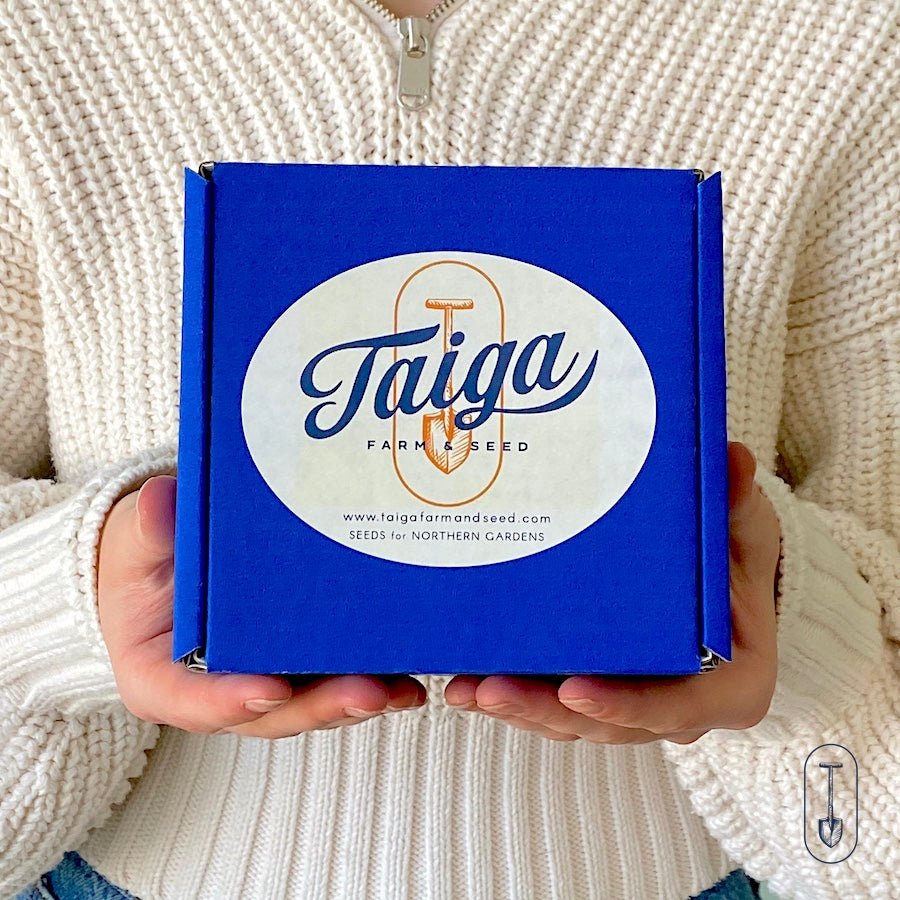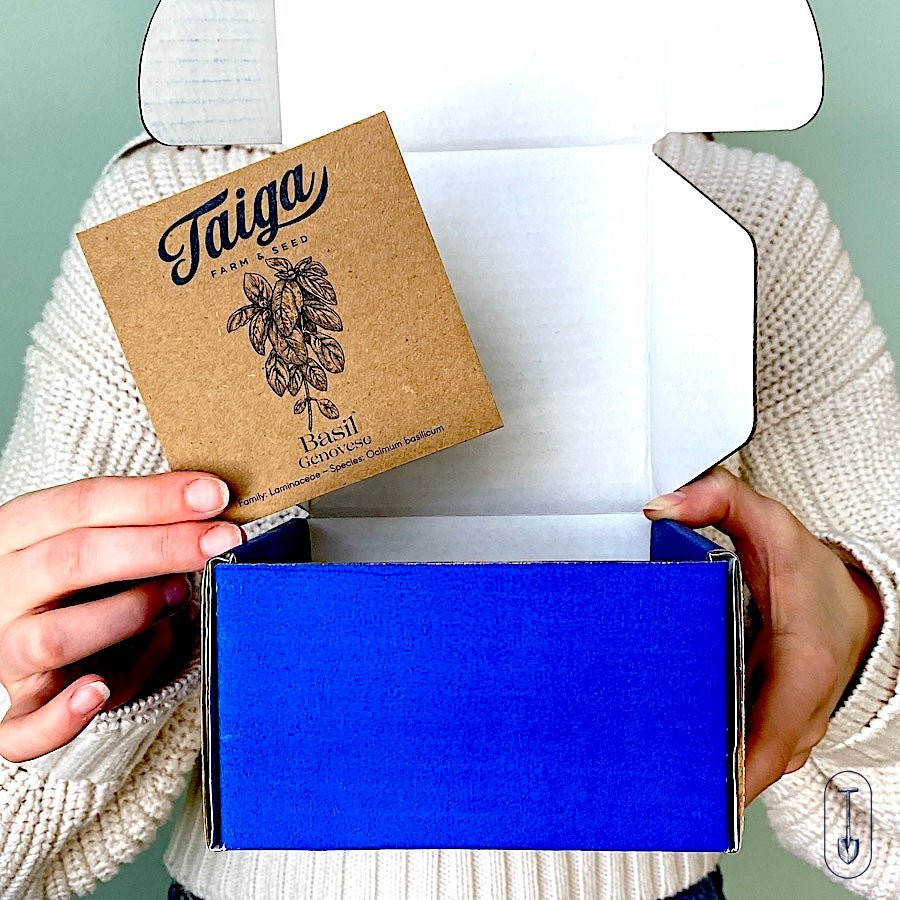Ready Today for Fall Planting! Last Shipping of the Season ~ October 6 & 13
Why Grow Elderberries? They aren’t just beautiful, they’re incredibly practical. These hardy native shrubs are easy to grow, thrive in Zones 3–7, and deliver nutrient-dense berries packed with antioxidants and immune-boosting benefits.
They also pull their weight in the landscape. With pollinator-friendly flowers in early summer and richly colored fruit in late summer to fall, elderberries add structure, shade, and seasonal beauty to any yard. Planted in a row, they double as a fast-growing natural screen; ideal for privacy, windbreaks, or defining garden edges.
Few plants offer as much beauty, function, and food value in one tidy shrub.
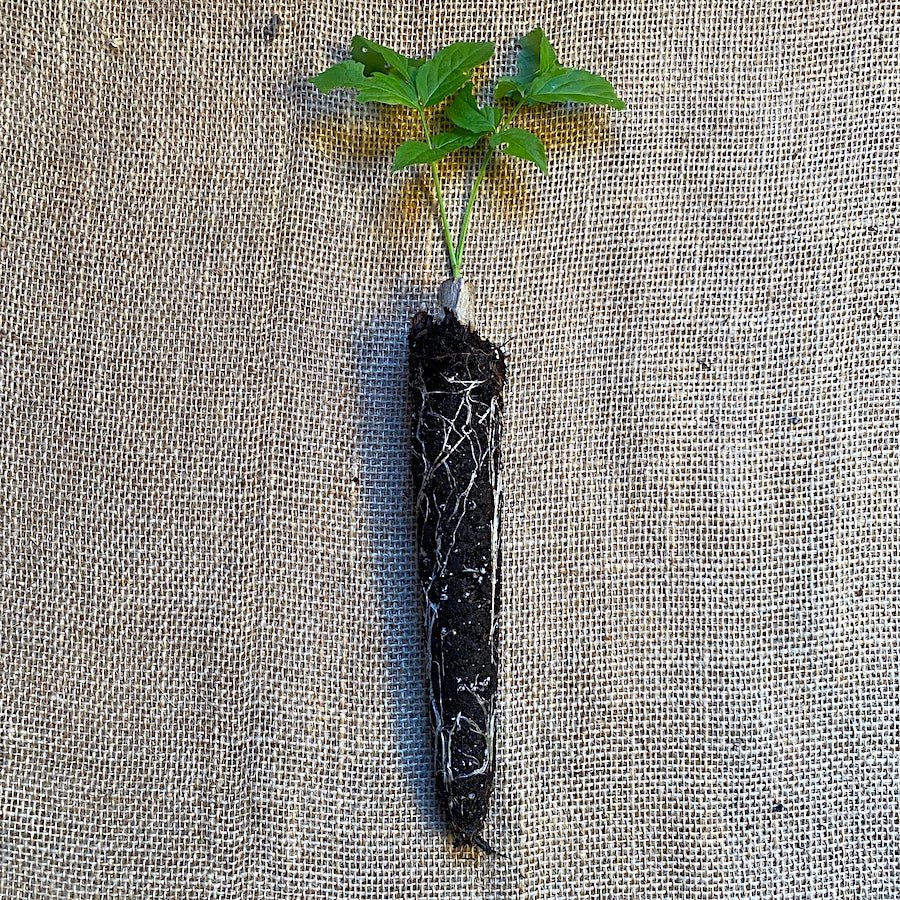
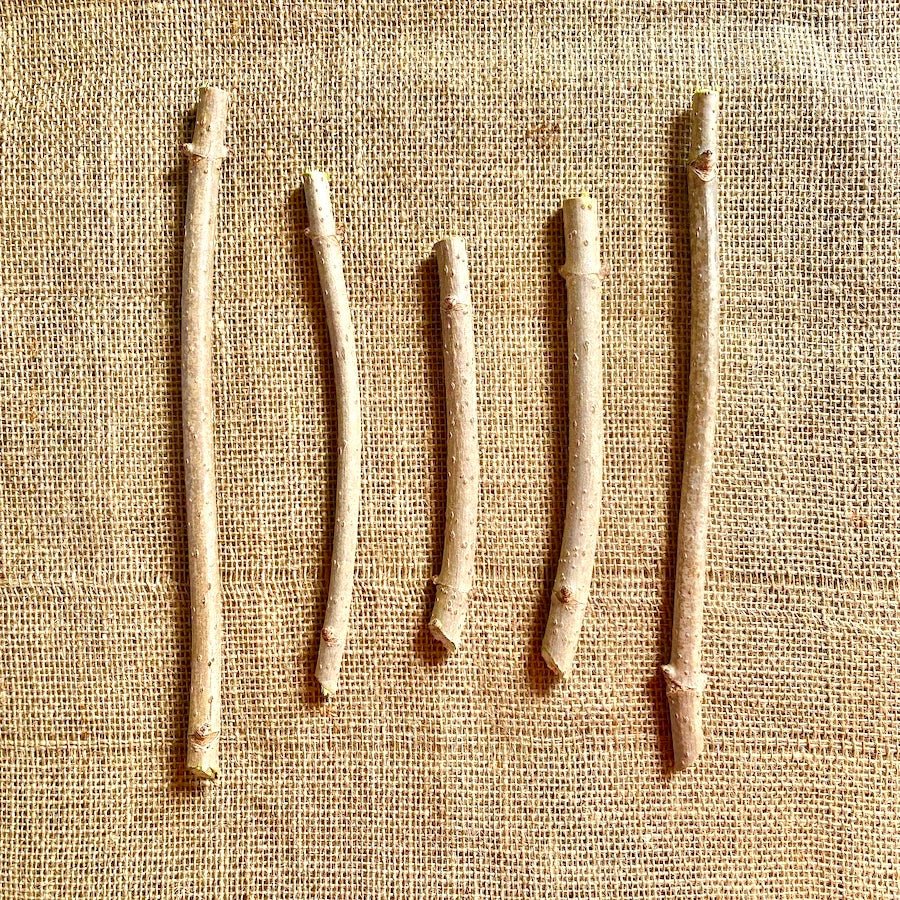
What We Offer
We offer both dormant canes and live seedlings to match your timing and planting style. All plants are certified organic and selected for strong performance in northern zones.
- Dormant Canes
Ship in spring. These are hardwood cuttings taken while the plant is dormant, ready to wake up and root as soon as your soil can be worked. Plant them early for the longest establishment window. - Live Seedlings
Ship in fall. These young, actively growing plants are started in organic media and hardened off outdoors. By fall, they’re sturdy, rooted, and field-ready.
Whether you’re starting a hedgerow, creating a privacy screen, or adding just a few shrubs to your space, our plants are sized right, certified organic, and suited to cold climates.
Preorders open seasonally. Email subscribers get first dibs.
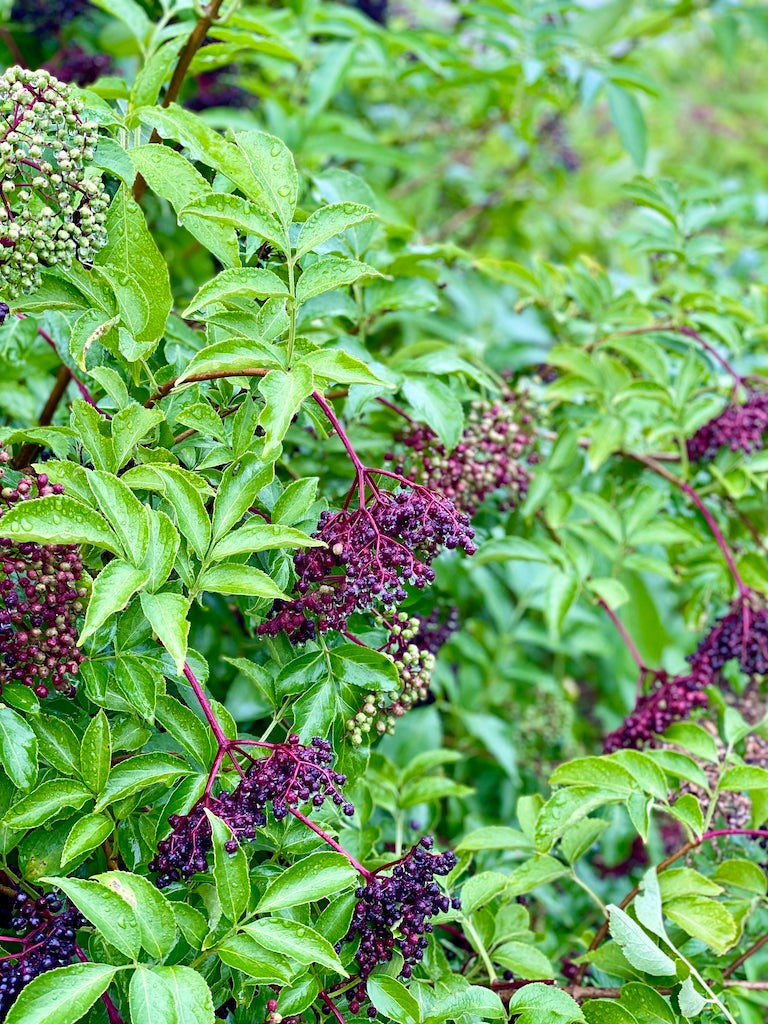
How to Grow
You don’t need a green thumb to grow elderberries, just a little space, sunlight, and patience.
Growing Tips for Zones 3–7:
- Sunlight: Full sun is best, though partial shade is tolerated
- Soil: Prefers rich, moist, well-drained soil (but adapts to less-than-perfect ground)
- Spacing: Plant 3–6 feet apart, depending on the variety and your goals
- Water: Keep evenly moist during the first season to establish strong roots
- Pollination: Most varieties are self-fruitful, but yields improve with two or more
- Harvest: Berries typically appear in the second year; full production by years 3–4
Elderberries benefit from annual pruning to remove old canes and encourage new growth. Once established, they’re low-maintenance and long-lived; providing fruit, shade, and habitat for years to come.
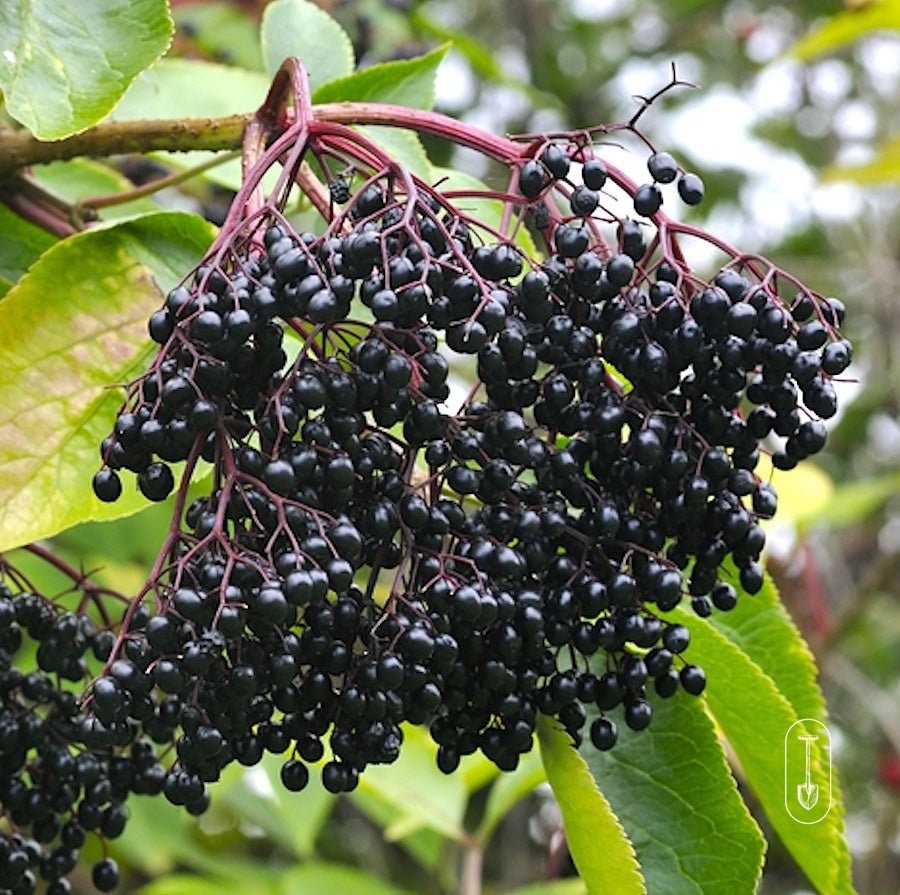
Shipping Details
Elderberry orders ship at the best time for planting in your zone:
- Dormant canes ship in spring, once the soil begins to thaw and it's safe for our team to harvest and yes, sometimes on snowshoes
- Live seedlings ship in fall, when cooler temps make for easy transplanting and low stress on the plants
We ship via USPS Priority Mail. Local pickup is not available.
Tracking info will be emailed once your order is on its way. Because spring and fall are busy seasons on the farm, we ship in batches based on zone and weather, not by exact date.
Your plants arrive fresh, field-ready, and packaged with care; clearly labeled and timed for success in northern ground.
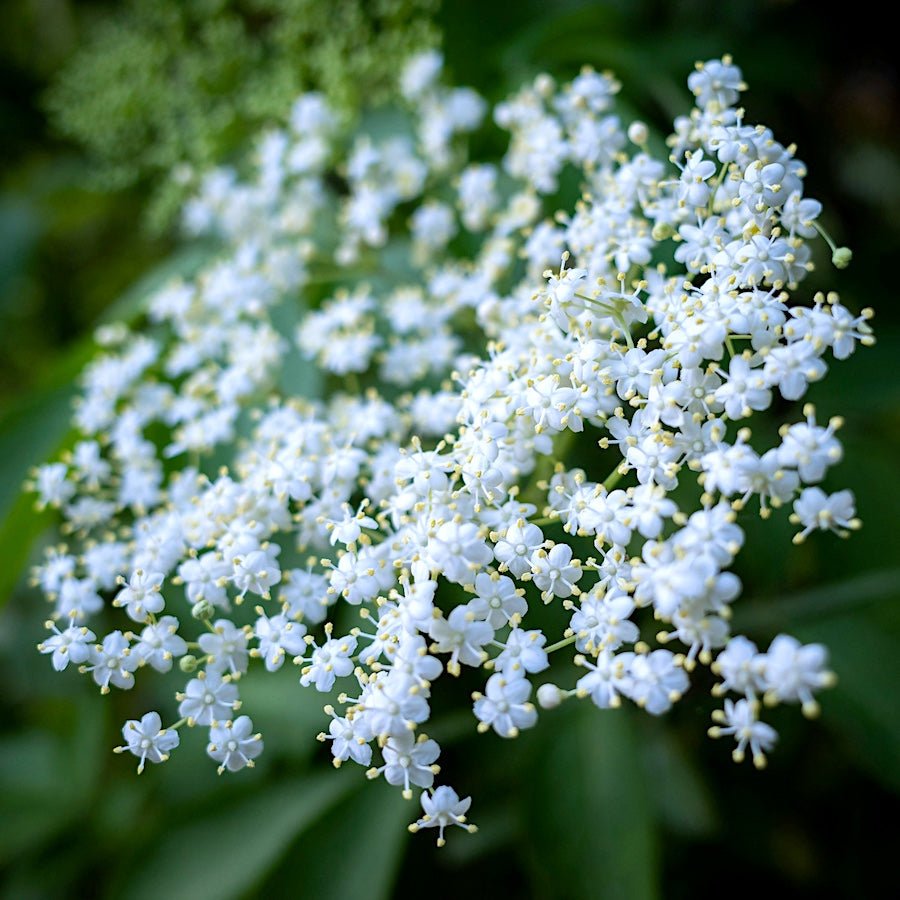
Ready to Plant?
Elderberries are only available for a short window each spring and fall—and they move fast.
Whether you’re planting a full hedgerow or just getting started with a few shrubs, now’s the time to reserve your stock. All plants are certified organic, cold-hardy, and field-ready when they ship.
Preorders open seasonally. Join the list to get first dibs and early access.
Elderberry FAQ
How many elderberry plants do I need?
Most varieties are self-fruitful, but you’ll get better yields with at least two.
- For maximum fruit production, space plants 8–10 feet apart to give them room to bush out and produce heavily.
- For a dense hedge or privacy screen, plant 3–6 feet apart. Closer spacing encourages vertical growth and creates a fuller screen, great for windbreaks or visual barriers.
Can I grow elderberries in containers?
Elderberries have a deep root system and do best in the ground. While you can try a large container temporarily, they’ll be happier (and more productive) once planted in soil.
Are these varieties edible?
Yes. All elderberries we sell are edible varieties. Just note: the berries must be cooked before eating. Raw berries (and especially the stems, leaves, and unripe fruit) can cause digestive upset.
Are elderberries invasive?
Not in northern zones. While they spread over time by suckering, they’re easy to manage with annual pruning, and can be a great way to fill space or build a dense hedge over time.
Do deer eat elderberries?
They’ll nibble young shoots if desperate, but elderberries aren’t a top choice. Once established, they’re fairly deer-resistant, especially when planted in dense rows.
What should I expect in the first year?
In their first season, elderberries focus on root development, not fruit. You may see some leaf and cane growth aboveground, but the real action is happening below. Don’t expect berries until the second year, with full production by years 3–4. Water regularly, keep weeds down, and let the plant settle in. The payoff comes with patience.
Do elderberries need pruning?
Yes, but not right away. Skip pruning in the first year to let the plant establish. Starting in year two, prune in late winter or early spring before bud break. Remove dead or damaged canes and cut back older wood to encourage new shoots, those are your best fruit producers. A well-pruned elderberry is more productive, easier to harvest, and less prone to disease.
Seed Collections Built for Zones 3 & 4
Our curated, cold-climate seed collections make thoughtful, practical gifts for the growers in your life; whether they’re just getting started or seasoned in the soil. Perfect for housewarmings, retirements, birthdays, or the holidays, each collection is built to inspire confidence, spark growth, and celebrate growing in the North.
If your winters bite and your growing season blinks, you’re in the right place.
We specialize in seeds that thrive and produce—curated, tested, and ready for short seasons.
From Montana to Maine, from the Dakotas to the Adirondacks, these collections are tailored for growers like you.
(Built for resilience. Backed by experience.)


